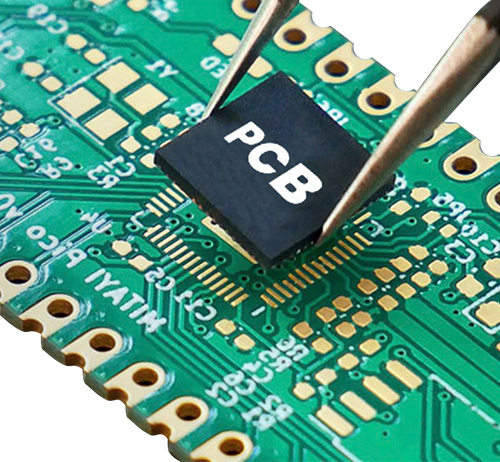Time:2023-02-02 Visit:
When the electronic equipment works, the heat generated will increase the internal temperature of the equipment rapidly. If the heat will not be distributed in time, the device will continue to heat up, and the device will fail due to overheating, and the reliability of electronic equipment will decrease. Therefore, it is very important to perform cooling treatment of PCB line board manufacturers.

1. Analysis of the temperature rising factors of the printing circuit board
The direct reason for the rising temperature of the PCB board is that due to the existence of circuit power consumption devices, the electronic devices have power consumption to varying degrees, and the heating intensity changes with the power consumption.
Two phenomena of temperature rising in the circuit board:
(1) Local temperature rise or large area temperature rise;
(2) Short -term temperature rise or long -term temperature rise.
The heat power consumption of the PCB board is usually analyzed from the following aspects.
1. Electric power consumption
(1) Analyze the power consumption of the unit area;
(2) Analyze the distribution of power consumption on the PCB board.
2. The structure of the line board
(1) The size of the line board;
(2) Printing the material of the circuit board.
3. The installation method of printing circuit board
(1) Installation method (such as vertical installation, horizontal installation);
(2) Sealing situation and distance from the case.
4. Hot conduction
(1) Install the radiator;
(2) The conduction of other installation structures.
5. Hot radiation
(1) Print the radiation coefficient on the surface of the circuit board;
(2) The temperature difference between the circuit board and the adjacent surface and their absolute temperature;
6. Hot convection flow
(1) Natural convection;
(2) Forced cooling convection.